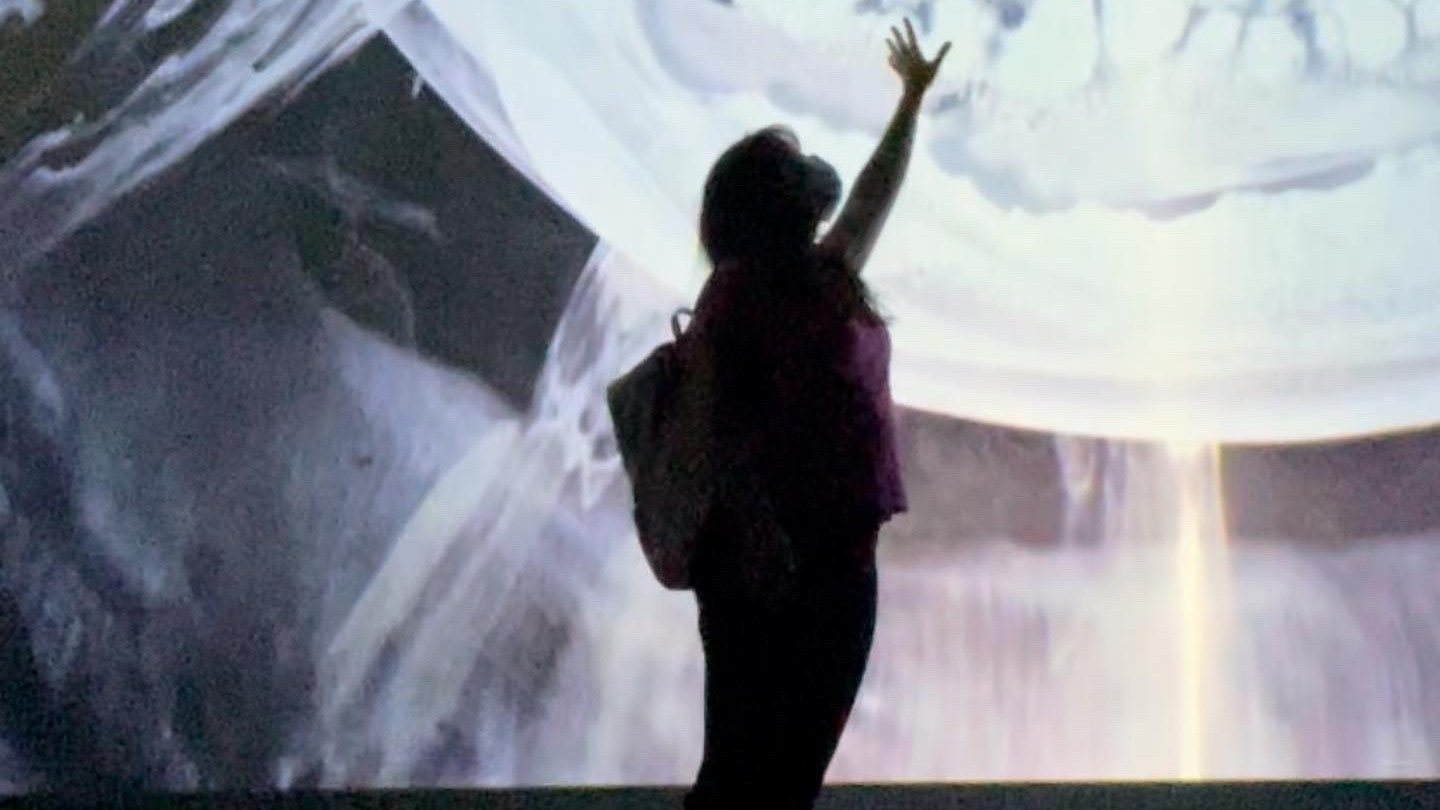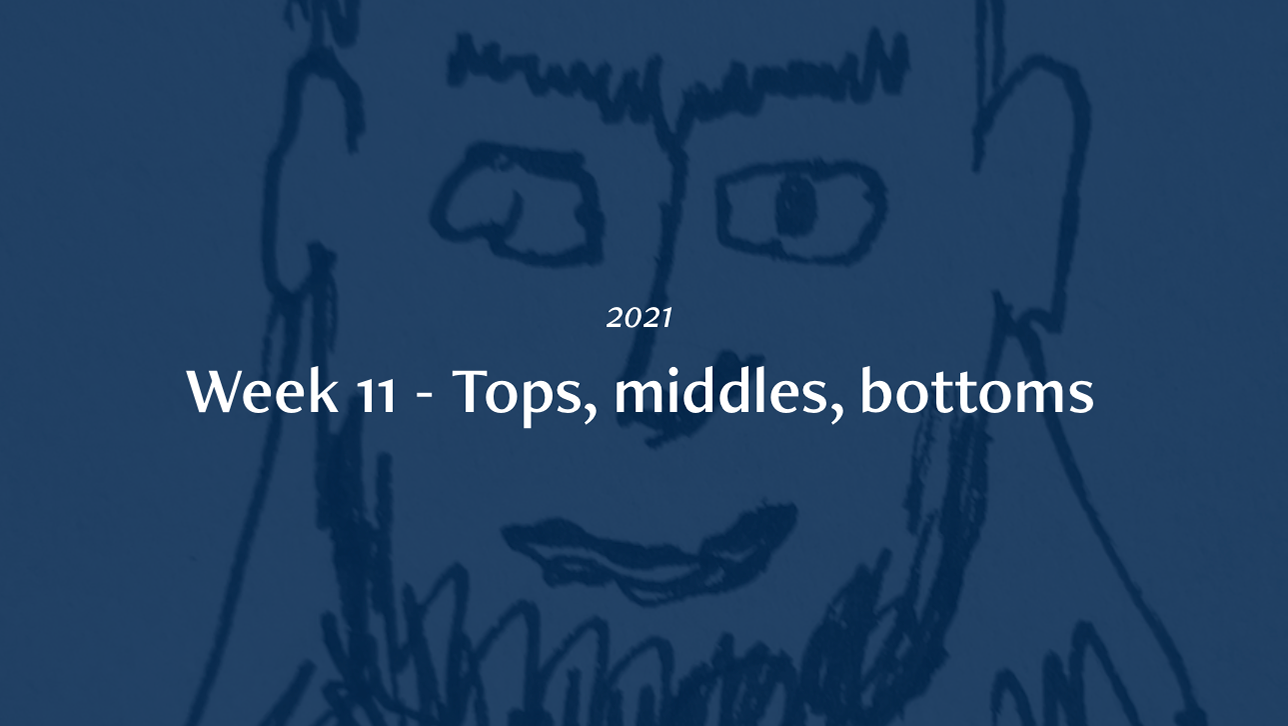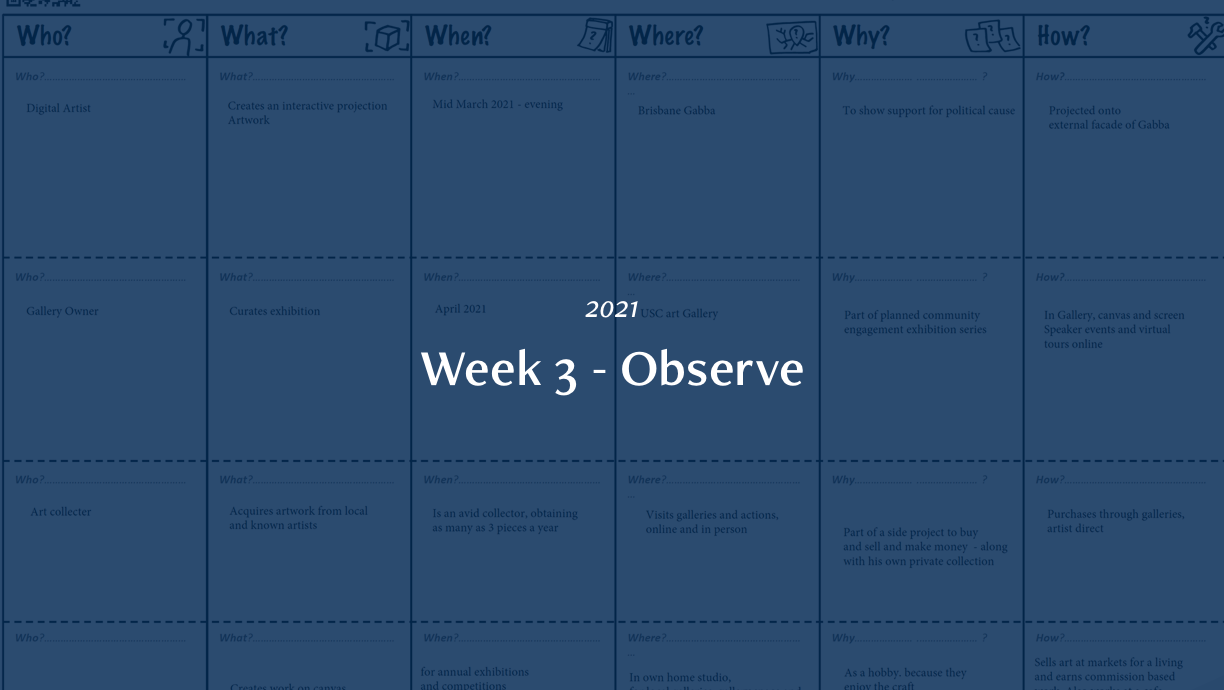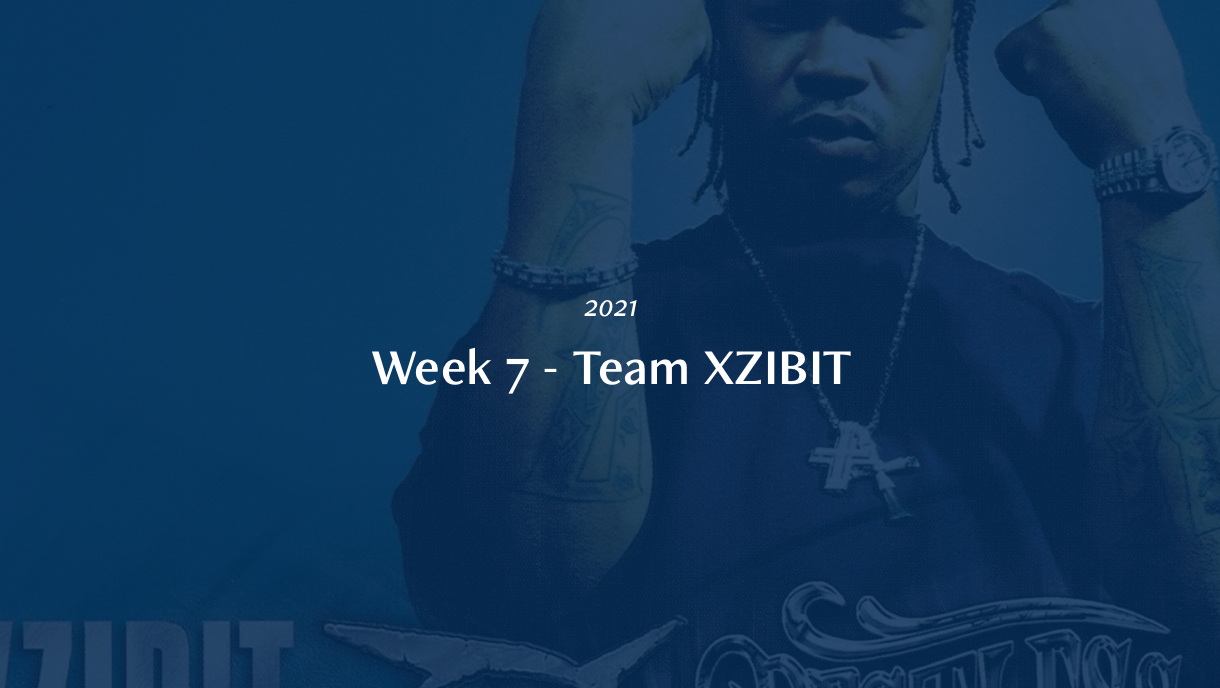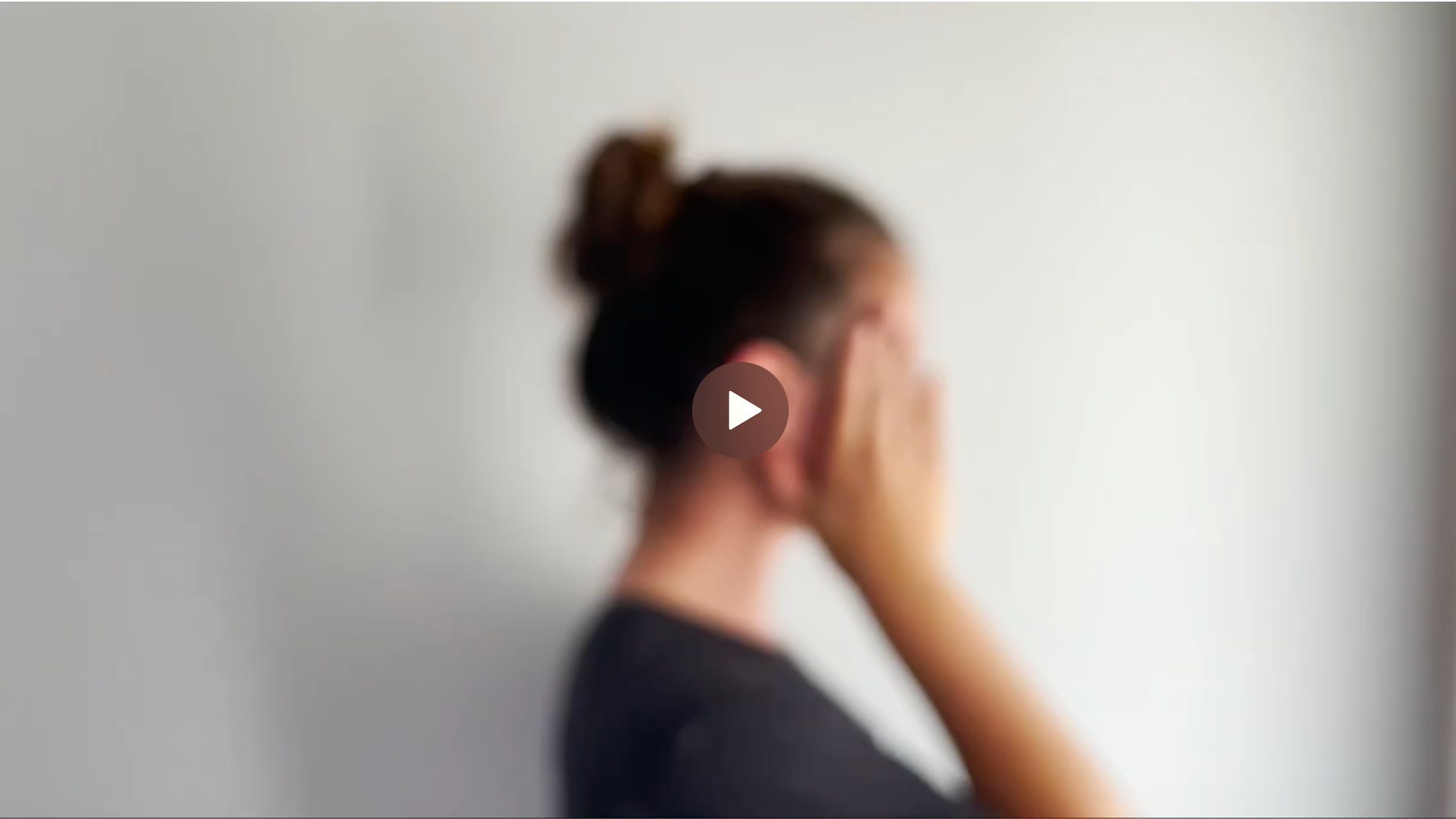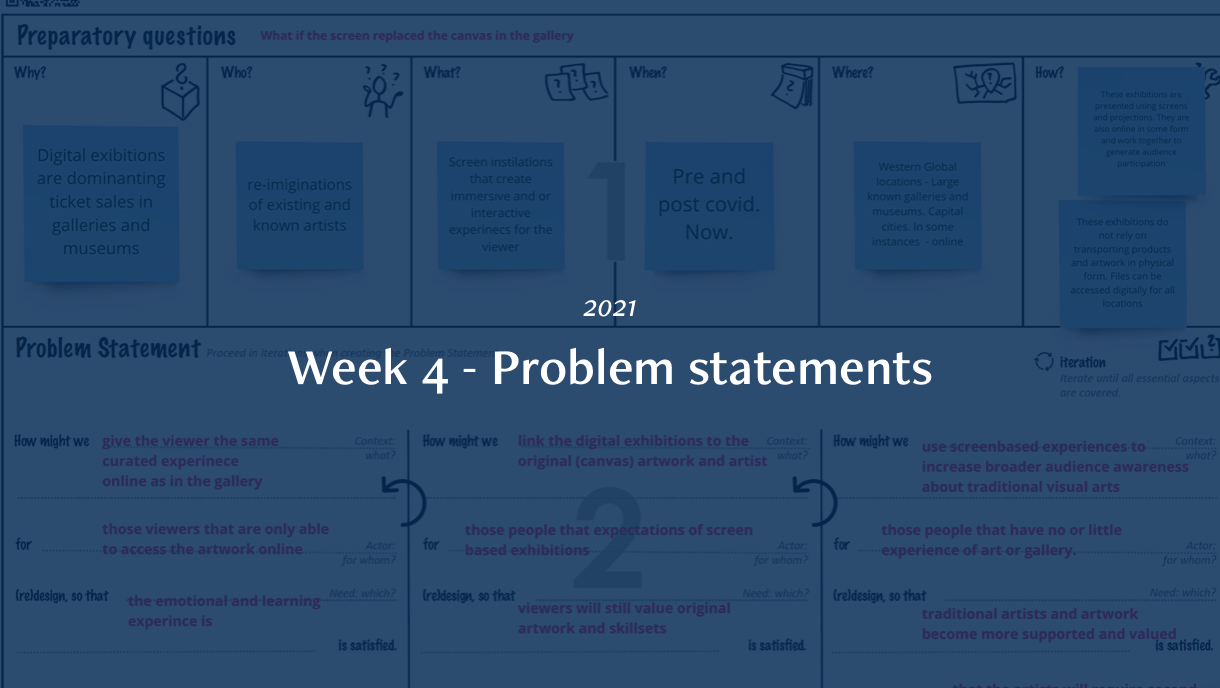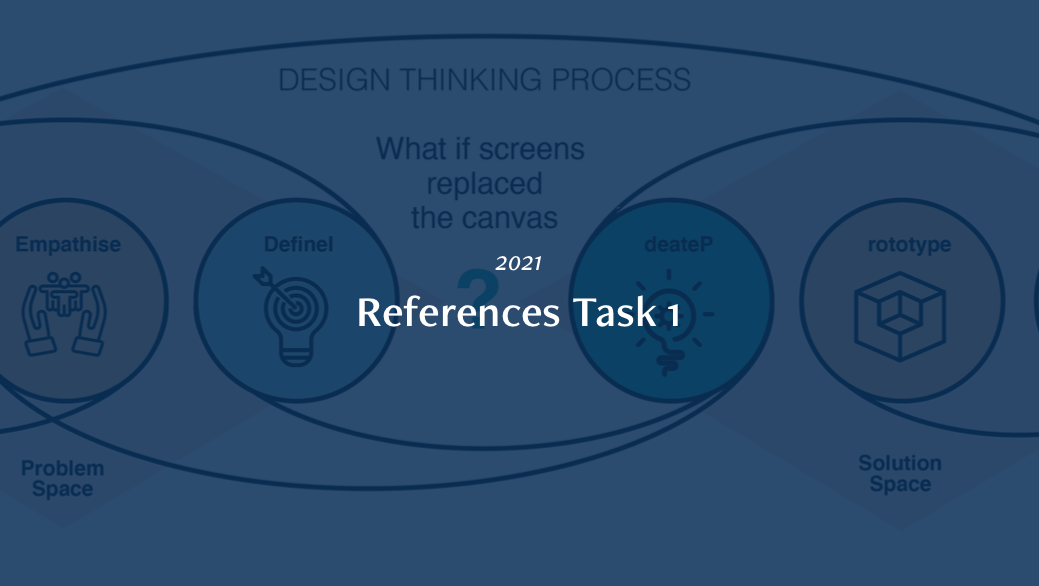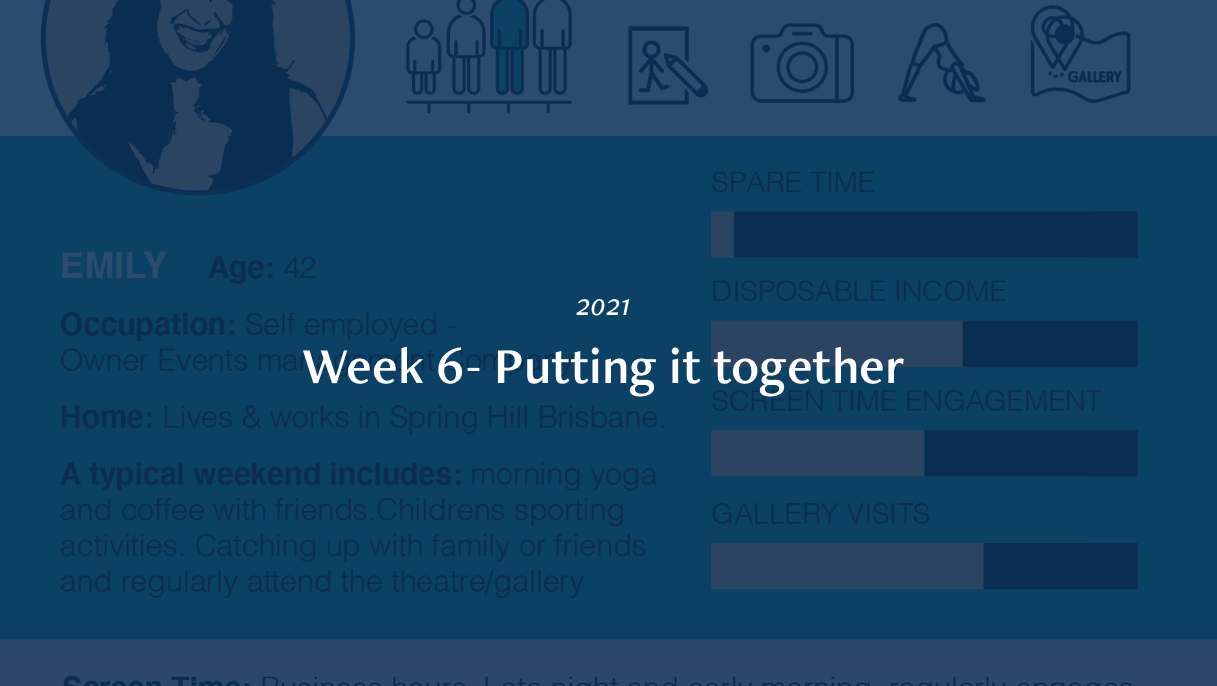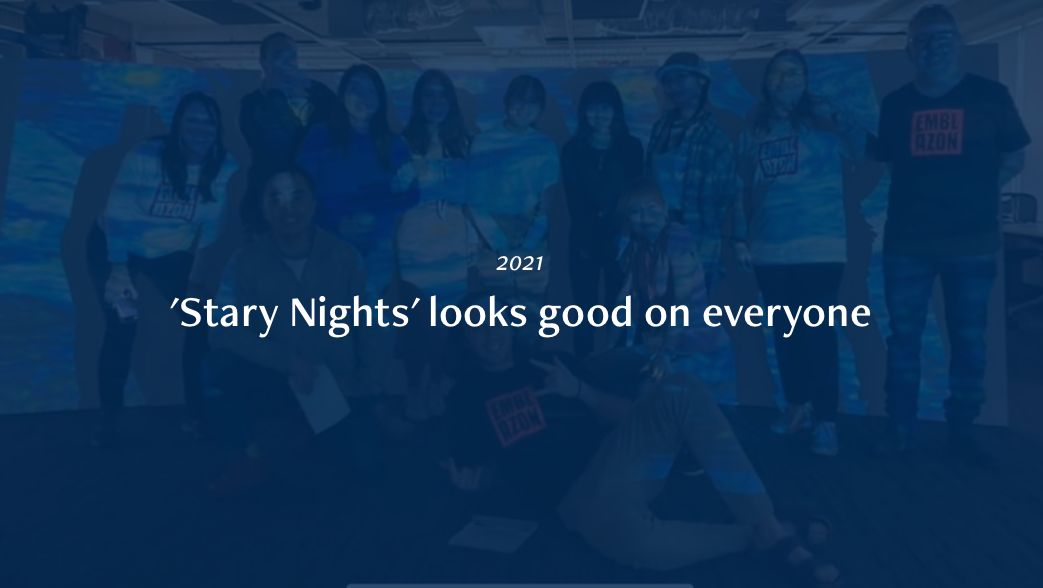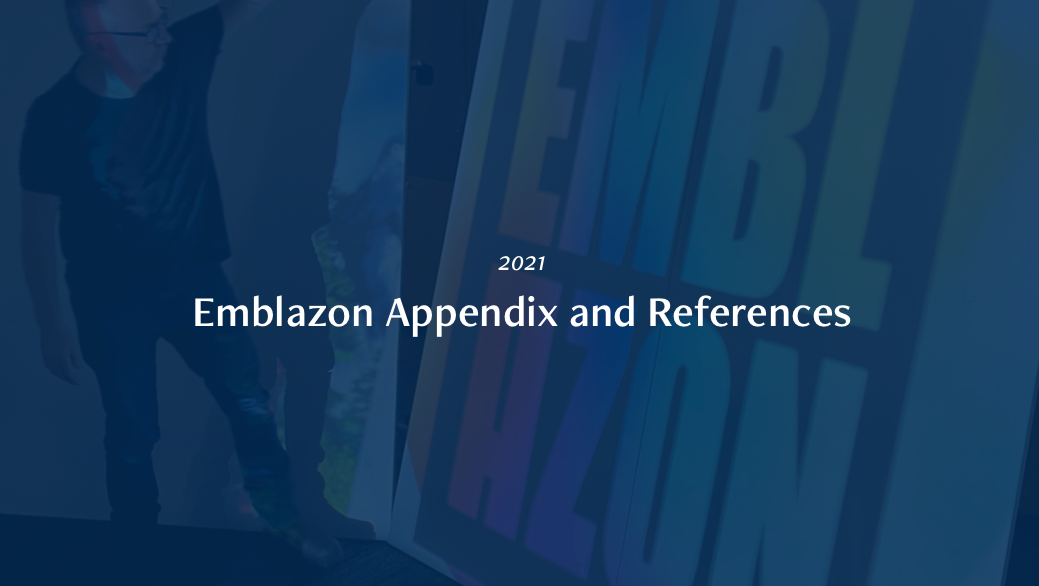Last week I was unable to make class. I had family commitments that I couldn't move - The posts on FB of the in class team activities looked like so much fun - dress ups is always fun. In any case I joined the online zoom class for 1.5 hours until I had to go to work myself and got to participate in the bird squiggle activities. This was a fun activity.
The class was mostly working within their own teams by this stage and we were asked to rate our team out of 5. I rate my team 5 STARS
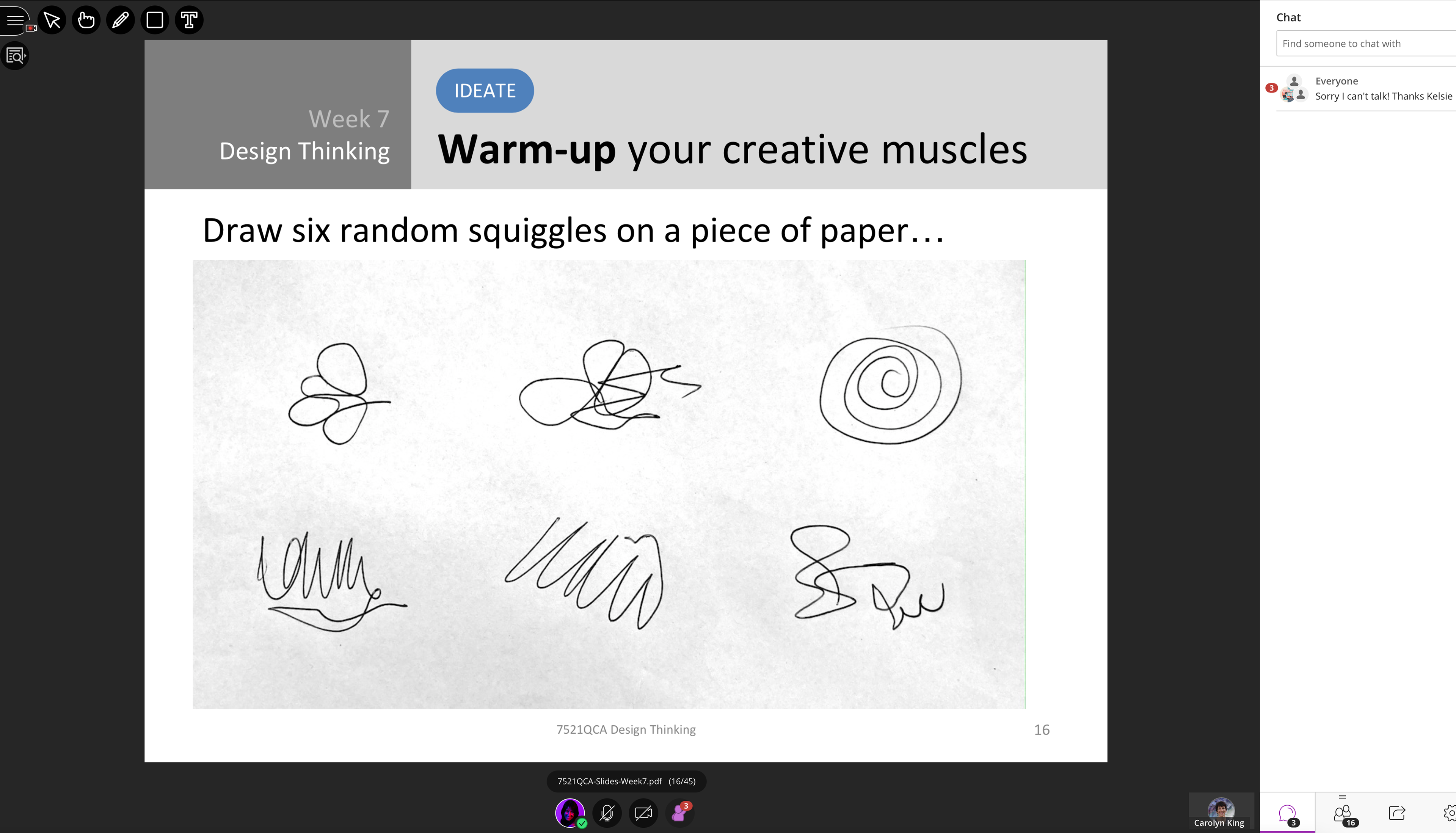
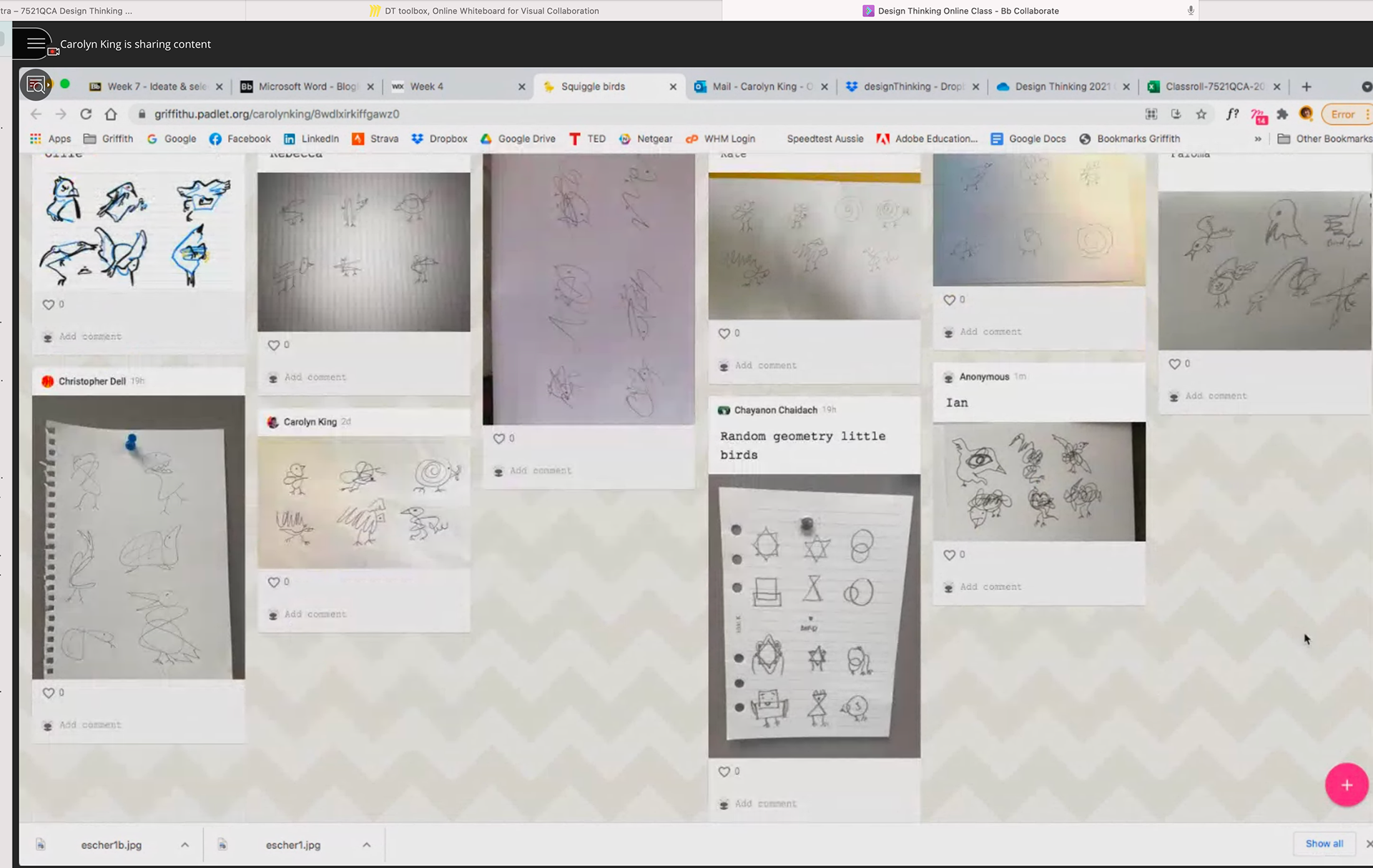

mine are top left
We have organised a time to meet and have a teams chat set up - we have identified our skills and will be allocating tasks after week 8

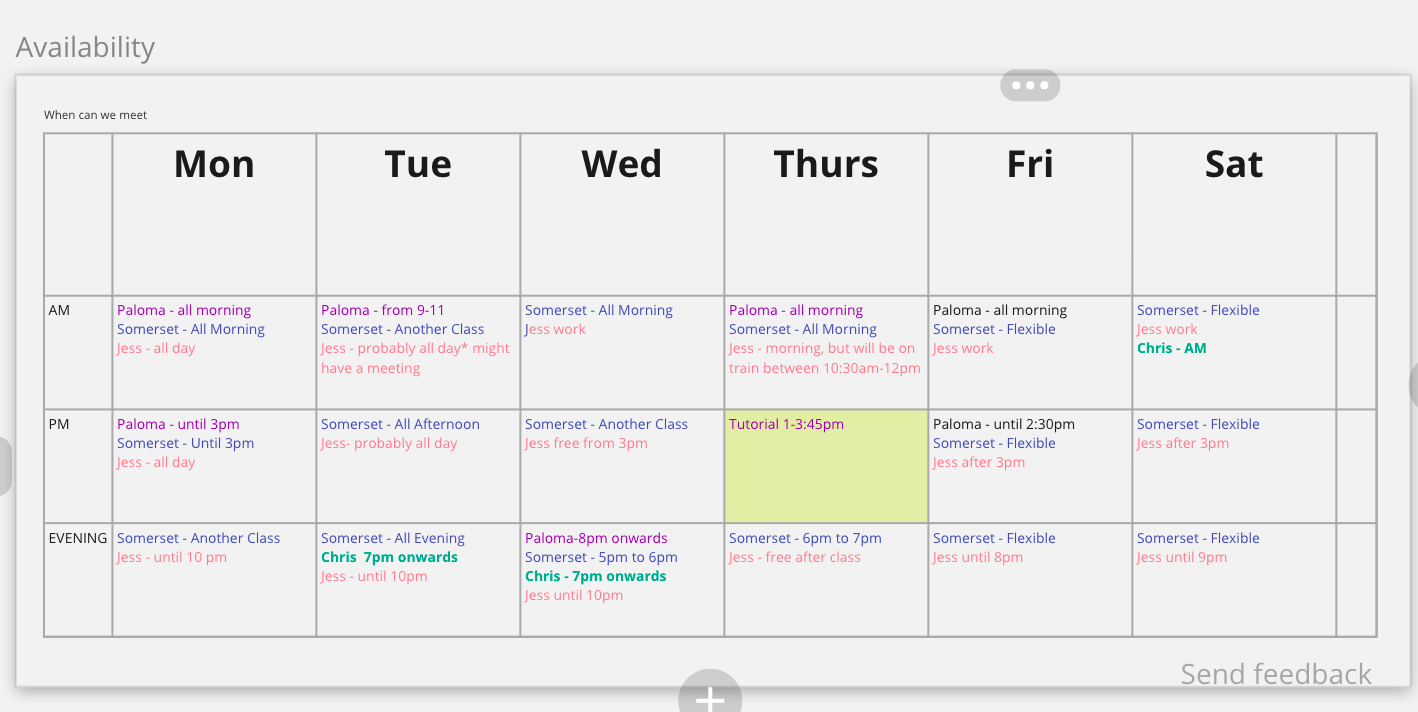
I spent some time on the miro board and using some of the brainstorming tools on Blackboard. I found the analogies one the most helpful at generating design thinking. It did bring up the concept of rethinking distribution channels which might be another way to looking at the problem of access. My generated ideas are below. It will be interesting to see what my team thinks in discussion.
Catching up on what I missed
We have been working to develop some ideas on miro and I think we have chosen the HMW question to move forward. I had a lovely chat with Jess on the Weeknd who clarified what happened in tutorial last week and gave me tangible direction. See our spaghetti monster below. We are currently populating the digital , physical and experience space for week 8 class.
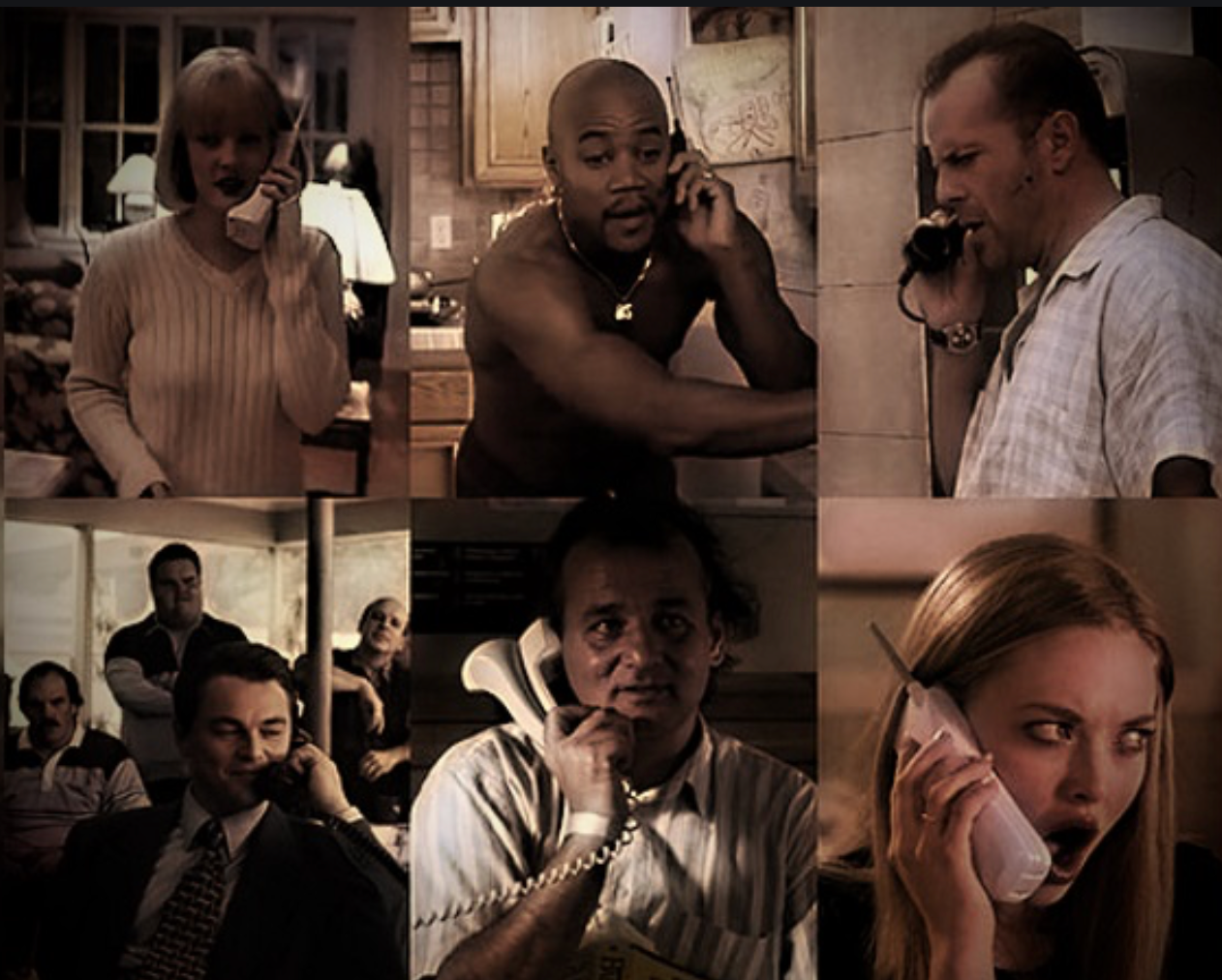
I couldn't find a picture of Xzibit on the phone to represent my phone call... sigh
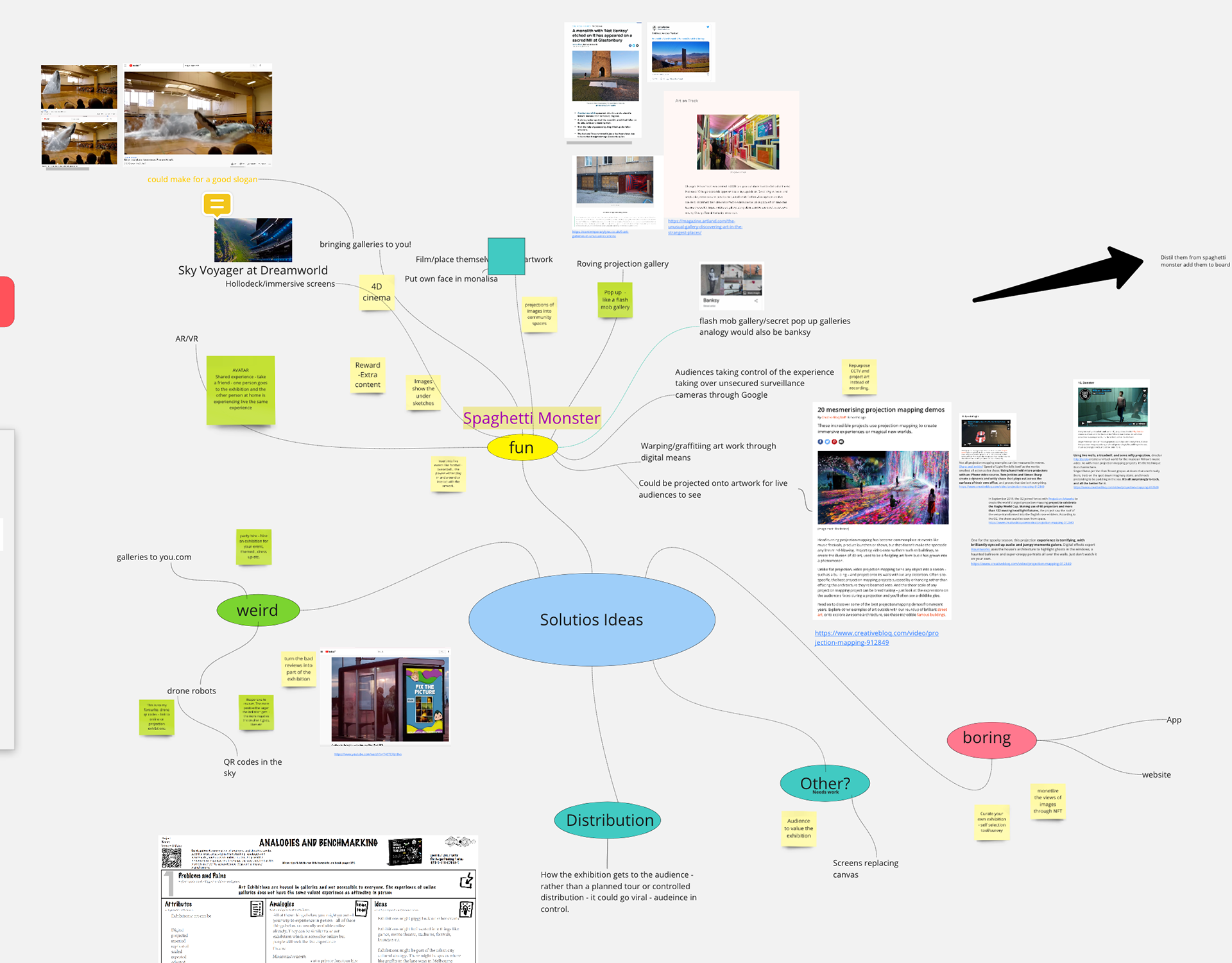
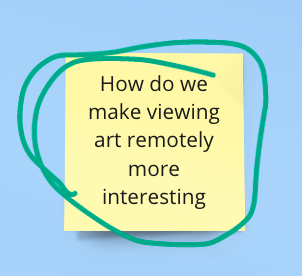
Interestingly there are lots of examples where art has been applied to things other than the canvas. Here are a few of the more interesting areas on our Miro that might help us with prototype ideas. The technologies big and small and what has already been done will help inform our direction. most digital art relies on either projection or immersion. I find having visuals around the spaghetti monster a little more helpful because I can see the tangle concepts rather than just worded ideas.
Before you proceed
I have suggested that anyone working on the micro board should do so whilst listening to the relevantly titled what you see is what you get by 'Xzibit'... I do think this should also apply to further perusal of this blogpost. Please enjoy... and don't worry its one of the few songs without explicit content.
So I have made a start on the homework for this week and distilled some of the ideas down to Digital, Physical and Experience. I am finding it hard to create the prototypes out of the ideas without reverting to existing ideas and obvious developments like apps etc. Urban projections are cool but what is the prototype for that - can it be a collective agency that roams around and sets them up or do I need to focus on the projectors and equipment etc.
Personally - I don't really want to have to rely on VR either because there are a host of issues with this like recommended age restrictions for headsets, access and compatibility to hardware and software and not to mention how quickly they go out of date. If you have even been in an engage lab it needs a lot of computer power - safe space and technical set up for sensors etc. I have a VR headset at home for playstation and it is a little old and let's be real - after 10 minutes - not that fun. It makes things more interesting but not at cost/ effort etc. Immersive rooms are better but also require specialised software etc and are not easily moved to new spaces so they effectively just become galleries as we know it. .
However - in saying this our problem is making art more interesting so existing technologies might be the easiest way forward..... they are just a little dull.
I have also come across some interesting design thinking within articles.
"Whitley said the IVAS project also exemplifies a new way that the Pentagon is dealing with technology companies. Instead of coming to potential contractors with a long list of heavily specialized requirements, the Army came to Microsoft with a problem and asked the company to devise a solution."
https://www.fastcompany.com
"HERE COMES THE DIGITAL GHOST INDUSTRIAL COMPLEX
I believe that AI-constructed digital humans experienced through AR glasses will become the primary way the deceased are memorialized and remembered. Shrines will be constructed in location-based mixed reality. At minimum, they’ll feature hologram-like videos of the deceased, standing there waving as ghostly apparitions and interactively conversing with surviving family members."
https://www.fastcompany.com/90623461/holograms-of-the-dead-spiritualism?icid=dan902:754:0:editRecirc
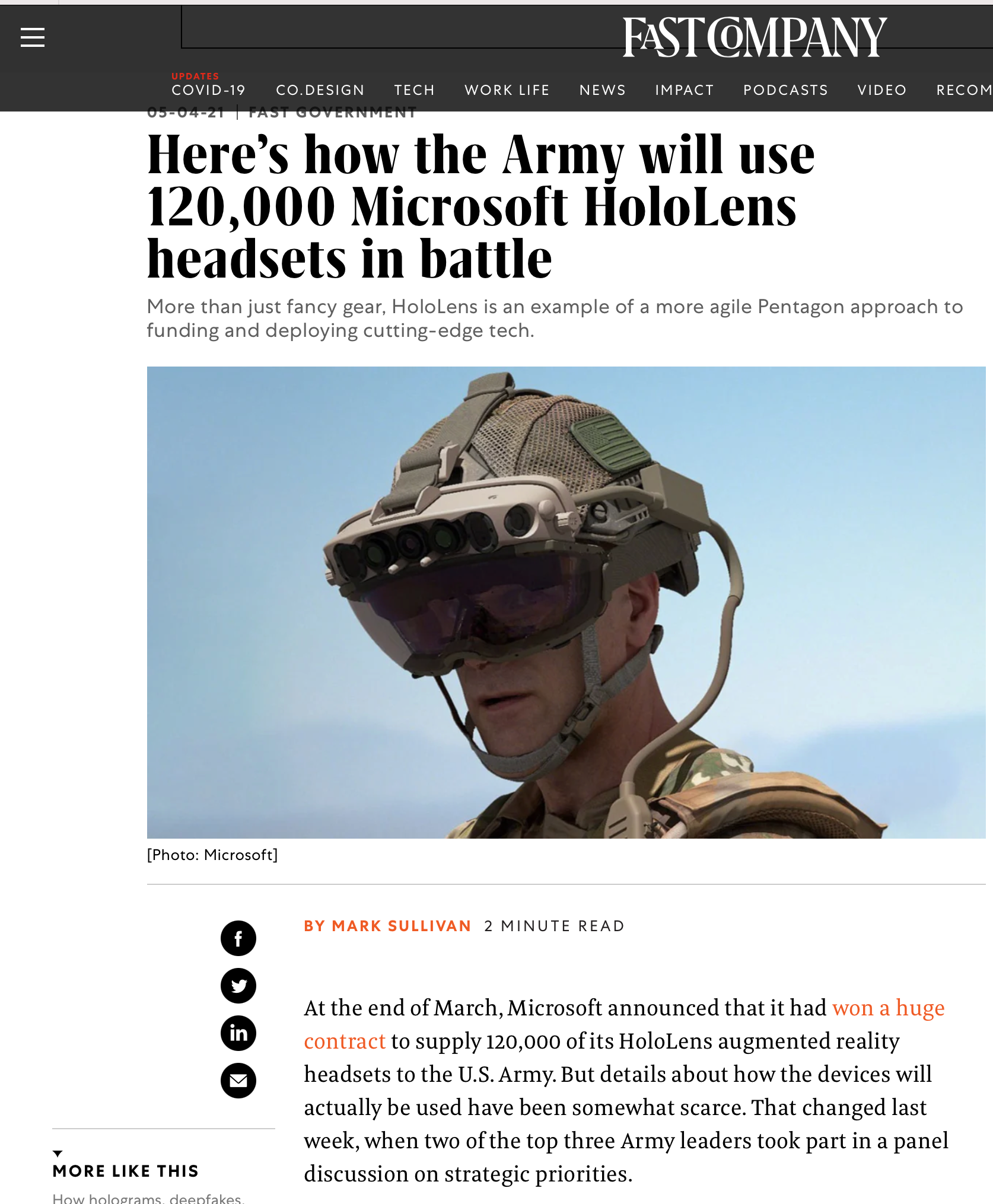
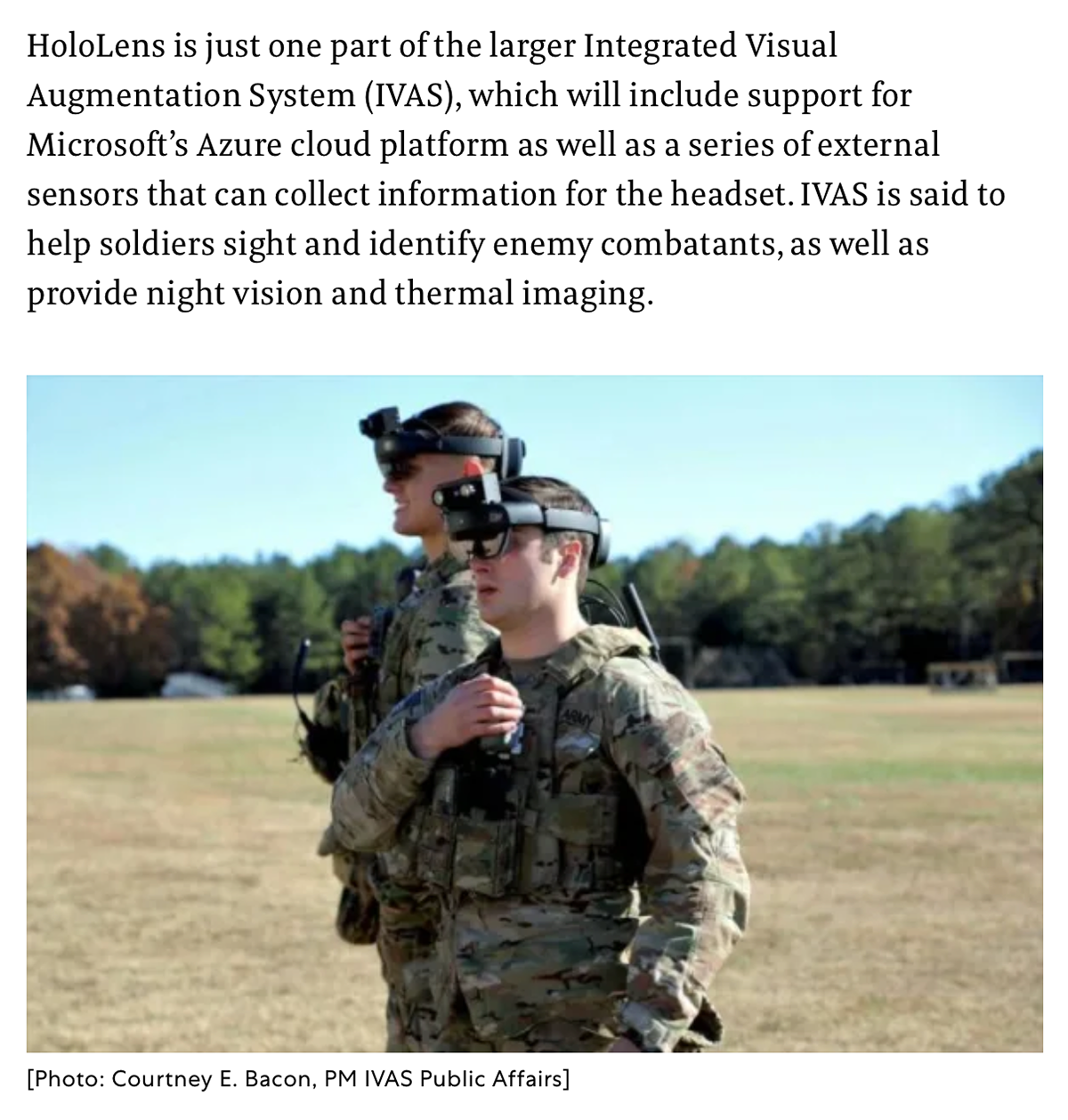
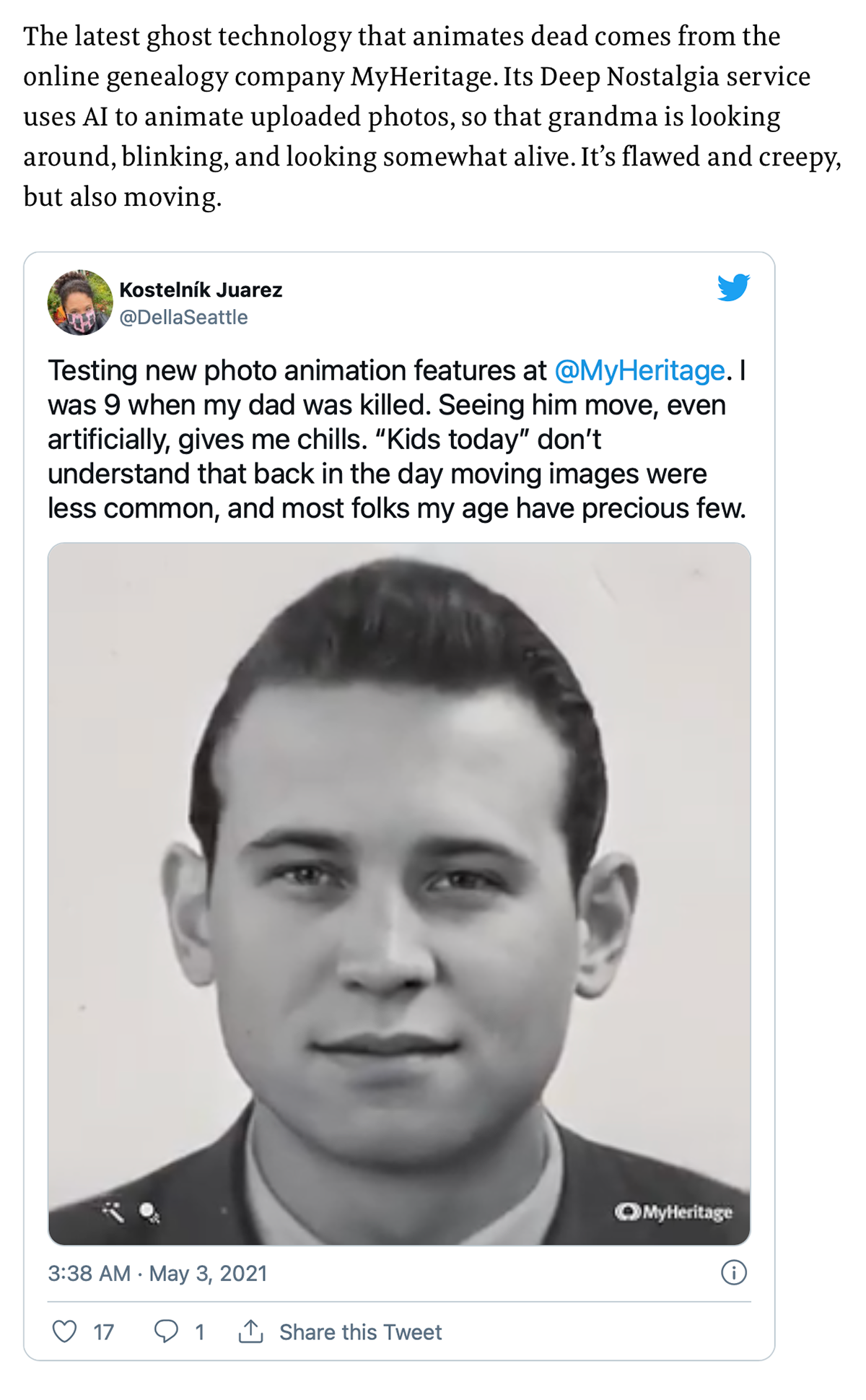
And finally this week I am thinking this might be an interesting idea to explore as well. It certainly ticks all the boxes for an the engaging experience. They are using artwork as well.
